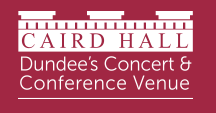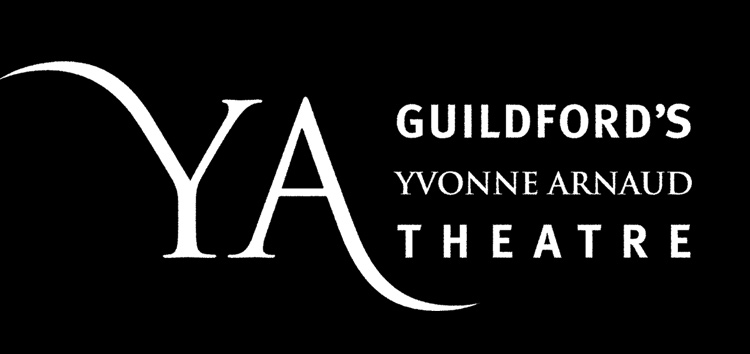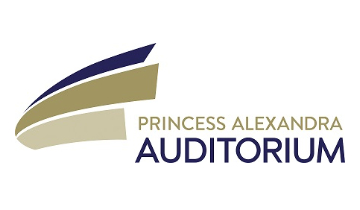But most of all, Don Quixote dreams of his beloved Dulcinea, a woman that he believes to be so lovely and noble that she must be divinity, and dreams of their romantic adventures.
When Don Quixote notices Kitri, the inn-keeper’s daughter, he acclaims her as his Dulcinea, whom evil magicians have reduced to human form.
Don Quixote was originally choreographed by Marius Petipa to the music of Ludwig Minkus, and was first presented by the Ballet of the Imperial Bolshoi Theatre of Moscow on 26 (or 14) December 1869.
The Ballet lived on in Russia well after the Revolution of 1917 and became part of the permanent repertoire both of the Moscow Bolshoi Theatre and the Leningrad Kirov Theatre.
The famous Grand Pas de Deux from the ballet’s final scene was staged in the West as early as the 1940’s, given first by the Ballet Russe de Monte-Carlo.
Today the ballet has been staged by many companies all over the world in many different versions, and this is an opportunity for ballet lovers to see Don Quixote which has all the elements of the great classical ballets: emotion, drama and vivid characters, performed by a an established and long standing Russian theatre.
He is then confronted to a lot of unexpected situations, tricks and challenge duels. Seeing the moon he takes it for his Dulcinea and tries to get her.
As he approaches the windmills he can see the moon no longer and thinks that evil magicians have hidden his beloved mistress. So, spear in hand, he tilts at the wings of the windmill, which he mistakes for a giant!
Alas he is caught by one of the wings and flung into the air. He falls unconscious at his ever-faithful servant Sancho Panza’s feet.














































































